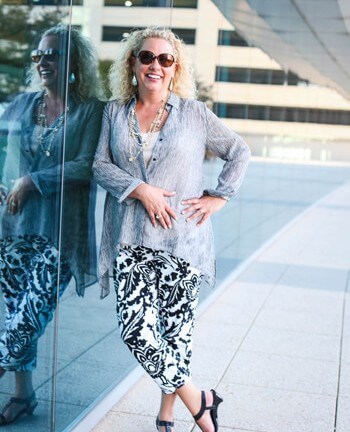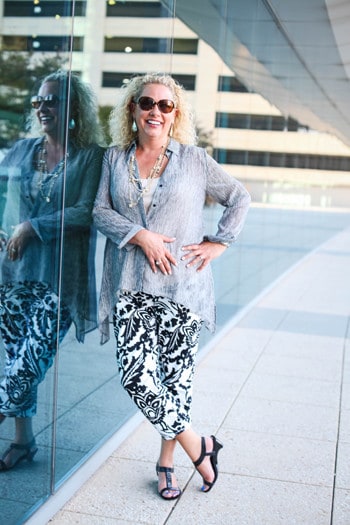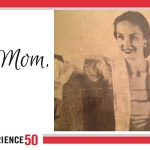
LIVES AT RISK: THE WHITE MIDLIFE AMERICAN
The following was originally published in Northern Express on February 7, 2016
 No doubt you’ve heard that Americans are living longer, healthier lives. Between 1970 and 2013, a combination of behavioral change, prevention, and treatment brought down mortality rates for those aged 45–54 by 44 percent. This is good news, right? Yes, if you are black or Hispanic.
No doubt you’ve heard that Americans are living longer, healthier lives. Between 1970 and 2013, a combination of behavioral change, prevention, and treatment brought down mortality rates for those aged 45–54 by 44 percent. This is good news, right? Yes, if you are black or Hispanic.
If like me you are an American non-Hispanic white, this data does not reflect our mortality rate. This is not good news for the vast majority of northern Michigan’s middle-aged population. Since 1998, a rising trend of early and unnatural deaths has been identified and it is growing more deadly each year. Cause of death: poisoning and suicide. Since 2005, white, American middle aged men and women are, in aggregate, living shorter lives due to increased number of deaths from drug and alcohol poisoning (300 percent) and suicide (250 percent).
These are not just numbers in a report, these are my friends.
I recently attended the funeral for Barb, a 43-year-old woman who had died quite unexpectedly. I sat among the mourners, all of us wondering to ourselves: Aneurysm? Heart attack? She was so young! The family was shocked by the quantity and multitude of prescription painkillers they found in her apartment. She had died, not from an overdose of these drugs, but from the accumulative long-term effect (poisoning) from taking the prescription painkillers that her doctors had given her to treat “undiagnosed pain.”
One month earlier, I attended the funeral for a 51-year-old female professional who had died from alcohol poisoning. Last month, a male colleague, 48, committed suicide. A few years earlier, a well-heeled 40-ish woman in my neighborhood was arrested for trying to fill forged prescriptions for pain medication at several Traverse City drug stores.
What is happening?
Last fall a shocking study was released by the National Academy of Sciences documenting the increased mortality rate, specifically of American white non-Hispanic men and women between the ages of 45-54. As a group, we have lost the equivalent population of all AIDS related deaths, to drug/alcohol poisonings and suicide. This trend is only seen in America! What?
Drug addiction
Younger baby boomers and the older members of GenXers are the first group of midlifers moving into the age of aches and pains and elective surgeries with access to powerful and addictive opiate painkillers. American physicians are now armed to cure what ails us, or at least to prevent us from feeling it. Twisted ankle? “Take this.” Some pain from outpatient surgery? “Take that.” Not only are these painkillers effective, they are highly addictive.
Lucky us, except that, in growing numbers, these prescription drugs are ruining lives, destroying families and for some, they are deadly.
As physicians, pharmacists, and insurance companies became more astute to the behaviors of addicts, access to these drugs was limited. Doctor shopping, fake prescriptions, etc… became more heavily scrutinized and addicts found easier access to heroin dealers than drugstores. Compared to buying prescription drugs on the street market, heroin is a bargain.
You only need to follow the local news stories of heroin making its way into northern Michigan. Users are as, or more, likely to be a white middleaged school teacher as any other profile.
I’m not pointing my finger at the medical community or pharmaceutical industry. We need to take personal responsibility for taking addictive painkillers. You’d be hard pressed to find an addicted tobacco user who one day just decided to start smoking a pack or two of cigarettes every day. They smoked one cigarette, and then another, and another. One day, they didn’t just want a cigarette, they needed it. This is how every form of addiction begins. We need to question taking these addictive painkillers when ibuprofen, acetaminophen or naproxen might do the job. But no, we don’t question a doctor’s prescription for our pain management. We fill the prescription and roll the dice.
The CDC estimates that for each prescription painkiller death in 2008, there were 10 treatment admissions for abuse, 32 emergency department visits for misuse or abuse, 130 people who were abusers or dependent, and 825 non-medical users.
Drug addiction is no longer just the story of the high school dropout living in the inner city. The addict lives on your tidy northern Michigan street. She volunteers at your kid’s school, he files your taxes, and what started as a “take one pill every four hours as needed for pain” has led to him or her checking your bathroom medicine cabinet when they come over for dinner.
Suicide
In 2011, middle-aged adults accounted for the largest proportion of suicides (56 percent), and from 1999–2010, the suicide rate among this group increased by nearly 30 percent. Nearly 80 percent of all suicides are committed by men. Funded by the Movember Foundation, the Men’s Social Connectedness report shows that there is a clear relationship between lack of social connectedness and psychological distress. The survey revealed that an alarming 79 percent of men believe that their friends wouldn’t be able to help them deal with the personal issues they may be facing so they would be unlikely to bring it up. There is also speculation that the economic hardships endured by this demographic may be a factor. They are notably poised to not exceed their parents’ level of financial success.
Self-reported declines in health, mental health, and ability to conduct activities of daily living, and increases in chronic pain and inability to work were also reported. What the heck?
When a friend or family member commits suicide or dies from drugs and/or alcohol abuse, it is natural to think, “What could I have done?”
My opinion is that we need to resist taking prescription pain medications unless absolutely necessary, personally police our own drug and alcohol use, our mental health and emotional well-being.
We need to understand that these problems are literally killing our co-workers, friends and family.
Host of “The Experience 50” Podcast, Mary Rogers has owned and operated several businesses and led many business organizations in Metro Detroit and Traverse City.



